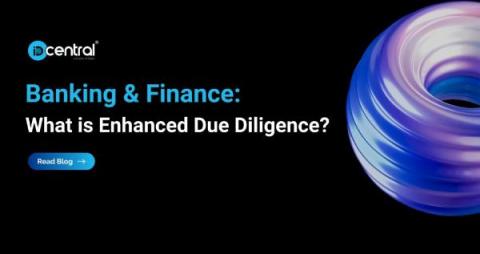Deconstructing Identity Security
Most companies now recognize the serious and insidious nature of cybersecurity threats. But many fail to grasp that the digital transformation, remote work, automation and cloud migration activities of the last few years have turbocharged the number of identities seeking access to data and critical business systems. This surge in identities has exponentially increased the likelihood of cyberattacks, undercutting the effectiveness of traditional identity and access management (IAM) paradigms.







